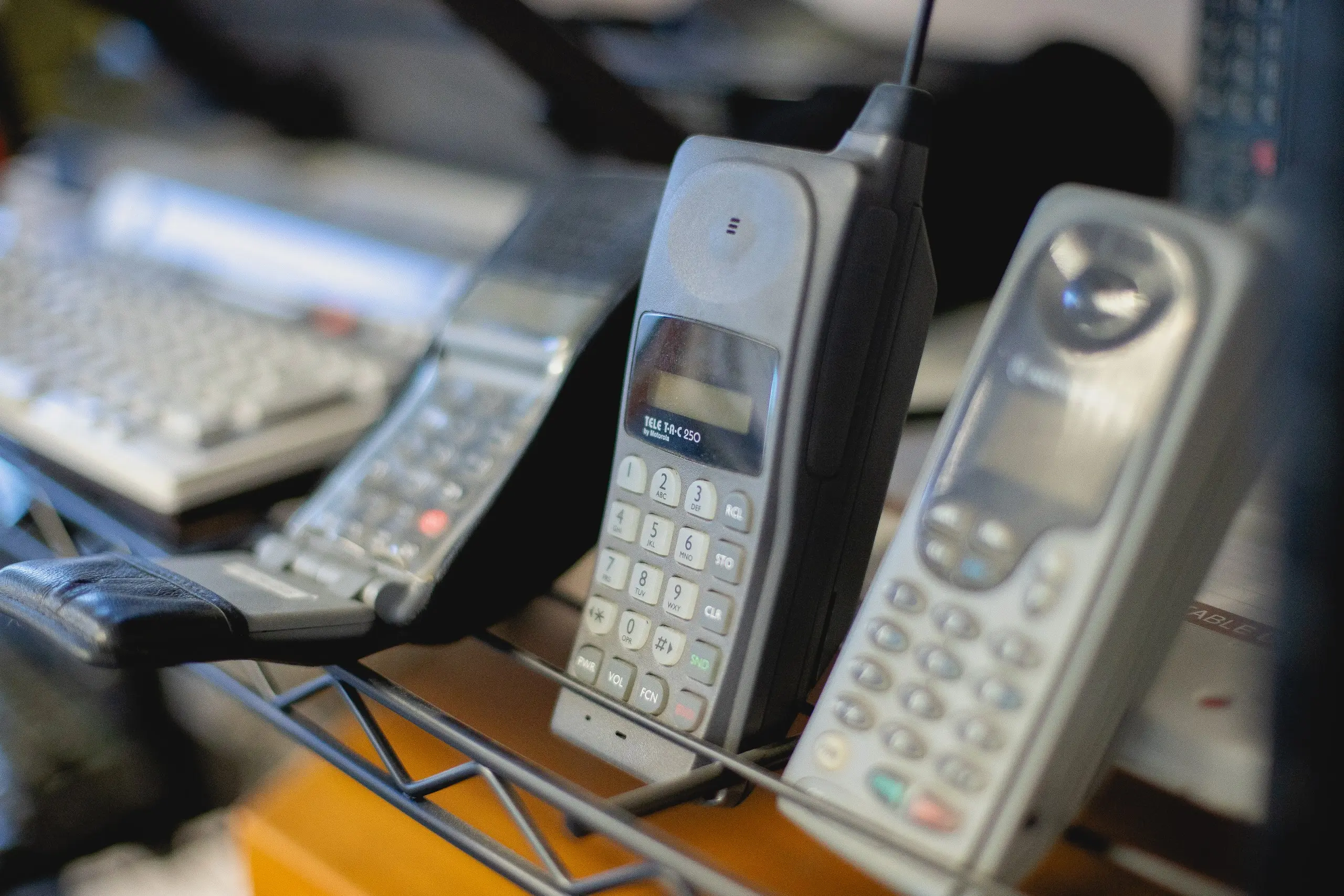Origins of The Circular Economy
Circular Economy
Although the origins of the word “Sustainability” come from Forestry practices in the 1500’s, many people are more familiar with its connection to in manufacturing in 1987 when the United Nations Brundtland Commission defined sustainability as “meeting the needs of the present without compromising the ability of future generations to meet their own needs.” At that time, the primary focus of Sustainability was conservation: doing the same amount or more with less. The practice was primarily centered on ensuring processes could be sustained through resource conservation; you can make something for years to come if you have the materials to do so.
In 1987, manufacturing followed the traditional linear economy: raw materials are extracted from the earth, transformed to make products, which are used and then discarded as waste. This model relies on the continuous extraction of finite resources, which ultimately creates liabilities related to resource scarcity for manufacturers who would be unable to continue production at pace with consumer demands. Simply put, companies would be at risk of not having enough materials to manufacture their goods.
Things shifted however in 2002 with the publication of William McDonough’s book “Cradle to Credle” which brought the concept of the Circular Economy to mainstream by promoting the concepts of reuse of materials, end of life planning in concert with the environmental stewardship. By reusing goods and repurposing materials, manufacturing to reduce mining demands, which are an environmentally intensive process. Companies needed to adjust their designs to allow precious materials to be extracted from equipment (ranging from handheld devices to large industrial machines) at the end of life. Separately, the concept of reusing products in separate ways created secondary life for goods and added additional value streams for businesses. The circular economy simply puts material back to use, bypassing the landfill and potentially reducing demand for mining of new raw materials.
End of Life management is critical to the circular process. Companies must find solutions to challenging questions: When a device has reached its functional obsolescence, what happens to it? What is the process for the consumer to return the item into the circular economy? When the item is returned what happens to it? Can it be reused in a second, refurbished function, or due to a myriad of reasons, is that path not viable?
Stephen Covey's "The 7 Habits of Highly Effective People” which promotes for projects that things are “designed with the end in mind” has been appropriated into new production processes for devices and products. As future commodities are designed, consideration can create a product which can easily be broken down at End of Life into its components to be manufactured into other things.
The challenges faced by companies today are to create entry processes to the circular economy for existing products at their end of life so they do not end up in the landfill and can be integrated into the circular economy. Here is where Genesis Dome can help. We help our customers solve their individual challenges, creating zero waste pathways and opportunities to maximize material recovery. If you would like to learn more, please contact us.

Contact Our Team
From secure electronics disposal to tailored industry solutions, we’re here to help.
Connect with our team today for reliable, eco-friendly waste management services.
